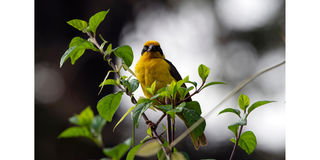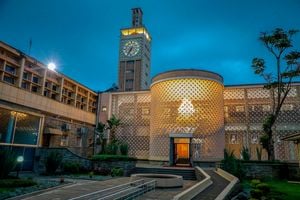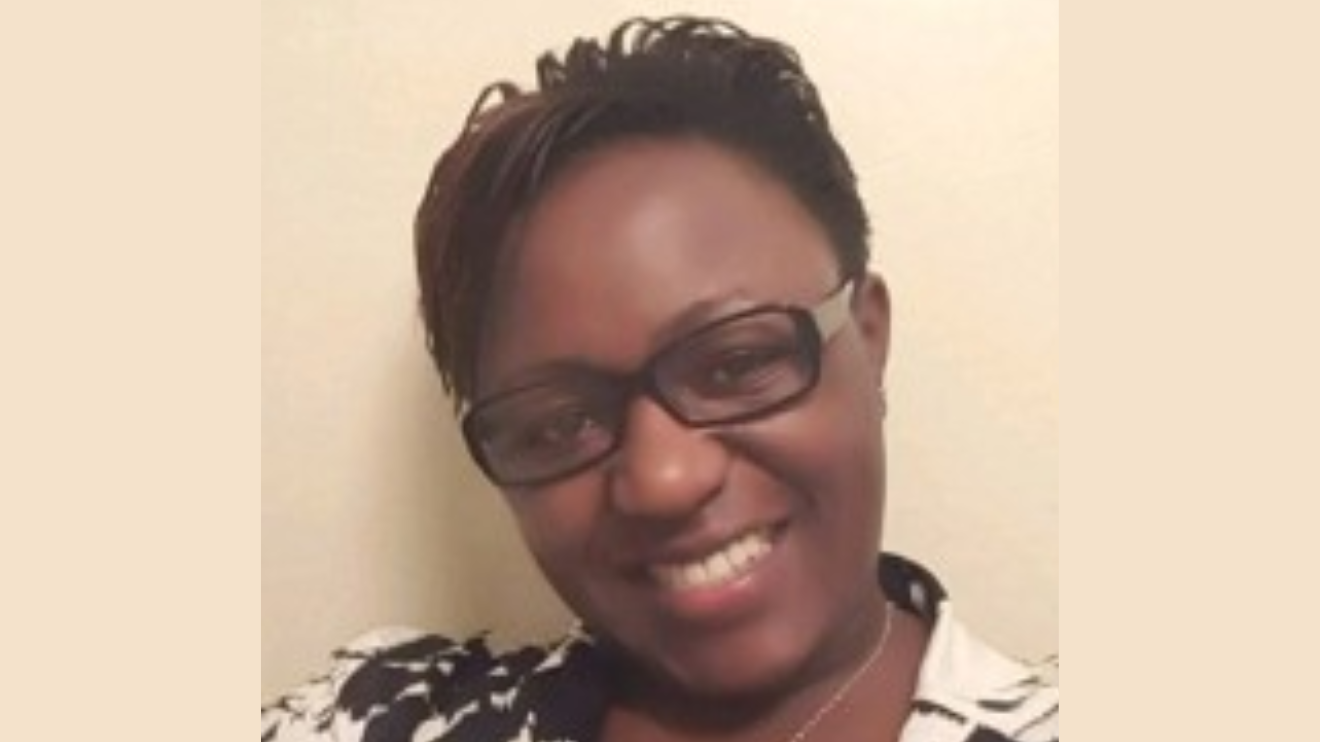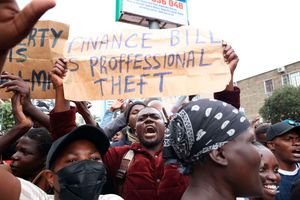How women can succeed in conservation storytelling

Baglafecht Weaver at Nairobi Museum. Countless opportunities in conservation storytelling exist for women.
What you need to know:
- Rachael Strecher, the vice president of storytelling at the National Geographic Society, says women can take advantage of grants offered and make their way up the career ladder.
- She leads grant-making to support photographers, writers, filmmakers, data visualisation experts, cartographers and other storytellers.
Conservation storytelling and filmmaking is considered a male-dominated industry, particularly here in Africa, where women often take a back seat owing to several barriers. But it is a field that could also offer countless opportunities them.
During the Nature, Environment and Wildlife Filmmakers (Newf) congress in Durban, South Africa, we had a sit-down with Rachael Strecher, the vice president of storytelling at the National Geographic Society, where she leads grant-making to support photographers, writers, filmmakers, data visualisation experts, cartographers and other storytellers. She gave tips on what women aspiring to succeed in this field could do to take advantage of grants offered and make their way up the career ladder. Below is an excerpt from the interview.

Rachael Strecher, the vice president of storytelling at the National Geographic Society.
Why is it a challenge to get women, especially from Africa, into conservation and wildlife storytelling?
Storytelling is an extremely expensive venture, and photography of animals is on another level. Many people are 'photographers of people', but wildlife and natural history photography, as a whole, is quite complex, especially in terms of the equipment required. This is something that historically only the privileged have had access to. Not many people, especially women, can access what is required even at the entry level.
As an organisation, what do you do to ensure women are well represented in this area?
We do not have one specifically for women, but we aim for gender parity in our grant-picking. But we have developed a series of programmes to ensure women representation, especially because this is an area with a lack of representation. But we have collaborated with various programmes like the Newf to give people basic education and access to the tools they need, so that they are ready to join our grant programme, which is available to anybody across the world.
With this, we want to ensure a young girl in rural Kenya will grow up and see someone who looks like her, who is a scientist or a conservationist, and see that she can be that. Someone who looks like her, and who comes from a place she recognises and she can see herself becoming that.
What should women consider when applying for such grants?
Like anyone else applying, you have to be specific and have that connection with the community. Like any editor, we want to see stories that are new to us and are grounded in people’s own communities; stories that are helpful to society because I, based in Washington DC as an American, will not know what is relevant here.
Also, why are you the best person to tell the story? That may be a number of things. One, do you have a specific and close connection to the community you are covering? Does your portfolio represent an enormous amount of talent, showing you are going to have a great amount of ability to execute the project? The second most important thing we look for is that the project is your pitch. We want to see something that is well-researched.
I read hundreds of applications after programme officers have read it, and, so, when I go through them, yours has to stand out. It should be exciting and compelling and needs to align with our focus areas as National Geographic, including human history, culture, wildlife and oceans. We want to see stories that are new and grounded in communities.
Funding a story is one thing, but measuring its impact is another challenge. How do you follow up and ensure the stories being produced have had an impact?
It is hard to go back and see whether whatever you have done has had an impact, but in most cases, this usually happens after quite a long time. When it comes to, for instance, policy change as a result of a story that was published or a film that was produced, it could take even years.





